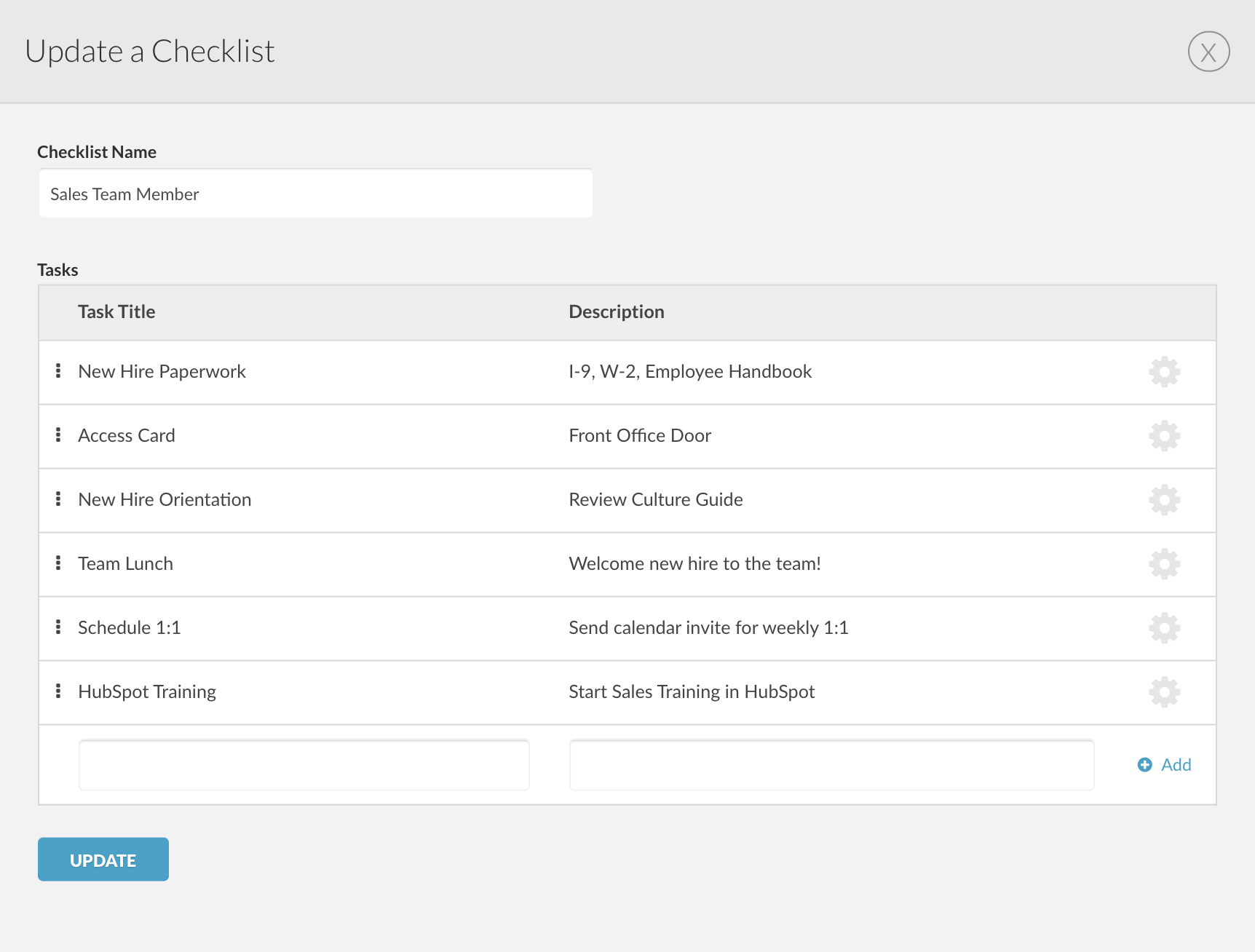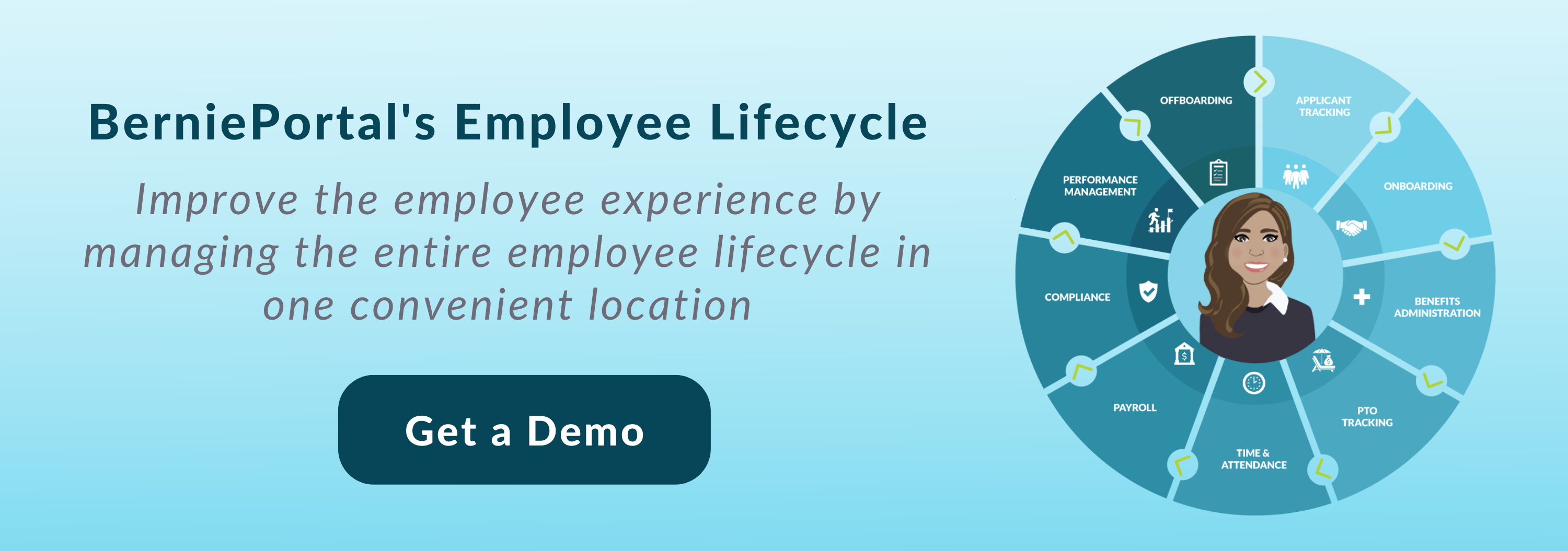
Written by
Katie Shpak
Katie is a content writer on the marketing team at BerniePortal. She writes about healthcare, human resources, and benefits.
Why Is Onboarding Important?

Have you ever been on a really bad date?
I certainly have...
Upon first interaction, it was evident that the man (or shall I say, boy) lied about his age. He was easily 8-10 years younger than he’d said. Which, at the age of 27, makes quite a difference.
It wasn’t as much the appearance that made it obvious, so much as it was the conversation. It was rather excruciating to get through. I kept envisioning ways to end the date early, but, alas, I was too bad at lying to manage any degree of fabrication. So, I sat through it, painfully.
I think it’s safe to assume that it was our first and last date.
Now—let’s imagine that you aim to present your organization as this welcoming, inclusive, and professional culture. Interested candidates apply and go through the interview process. They feel optimistic about the company and about the role and are anxious to land the job and get started.
But—when they show up for their first day on the job, it’s a first date gone wrong scenario. The new employee is immediately directed to a training room to begin the onboarding process. They aren’t given a tour of the building and have zero clue where the bathroom is located.
The HR professional who normally does the onboarding process is out sick, so a random manager is chosen to fill in. She is frustrated about being pulled away from her job, curtly gives a brief rundown of the company, then sends the new employee on their way.
But—no computer has been set up for them. No logins for the tools they’ll need have been provisioned. In fact, it took five days before they had a login to their email or CRM.
The new employee starts out feeling like they made a huge mistake accepting the role.
Why is Onboarding Important?
The impression that new hires get during the onboarding process is critical. If done wrong, it can lead to high turnover rates, poor company reviews, and ultimately an unsuccessful business in the long run.
On the flip side, an effective onboarding process can lead to higher retention rates, happy and productive employees, and a successful business. After the onboarding process is complete, new employees should feel encouraged and supported in their new role. They should feel a sense of belonging and view the company as a place to advance their career.
Gallup conducted a survey to explore the importance of onboarding. According to the results, 70% of employees who shared having an exceptional onboarding experience also identified their job as, “the best possible job” for their career. However, only 12% of employees believe that they had a good onboarding experience. Therefore, it’s clear that an effective onboarding process can not only elicit happier employees, but it can also significantly impact their overall view of the company and their position.
How to Create an Effective Onboarding Plan
Now you are aware that a positive onboarding experience is vital to an organization’s success—but, how do you create an effective onboarding process that leaves employees feeling excited to work for your company?
Devising an effective onboarding process takes time and effort from a number of team members. To begin, you need to understand your starting point. What is your current onboarding process? How do new employees feel about it? Do you find new employees often have high turnover rates? Here is a breakdown to develop an effective onboarding plan:
Step 1: Talk to your boss and other managers. Ask them what they think, and be prepared with prompts in case you’re given blank stares. You can begin by saying something like this— “We’ve been losing about a third of our new hires within their first year of starting over the past few years. Don’t you think this is a problem?” Their answer will unequivocally be, “yes.” After asking a series of similar questions, you’ll gain leadership buy-in.
Step 2: Create an onboarding checklist. You can create and store this checklist in an onboarding feature within an HRIS like BerniePortal. This checklist makes it easier for HR and hiring managers to stay organized. Individual departments can also customize the checklist to align with departmental needs.
Here’s an example of an onboarding checklist in BerniePortal:

The checklist is only one facet of the onboarding feature; it provides a streamlined method to create an employee account, host important documents, enable employees to electronically sign forms, and more.
With a checklist and a clear, streamlined process, new employees can feel prepared and excited to begin their new role.
Step 3: Create a 30/60/90 day plan.
What Is a 30/60/90 Day Plan?
A complete, effective onboarding process should take three months. On their first day, new employees should receive a 30/60/90 day plan.
A 30/60/90 day plan is a detailed breakdown of a new employee’s action items over the course of three months. It helps new hires feel more in control of their role, as they have a clear direction of what they need to do to succeed. Providing this document helps employees integrate quickly into their role and become a valuable team member.
When creating a 30/60/90 day plan, make sure to set the employee’s top priorities, include specific, attainable goals, and have a method for determining success. When the 90-day plan is complete, the employee is fully onboarded.
Additional Resources
You can stay informed, educated, and up to date with important HR topics using BerniePortal’s comprehensive resources:
- BernieU—free online HR courses, approved for SHRM and HRCI recertification credit
- BerniePortal Blog—a one-stop shop for HR industry news
- HR Glossary—featuring the most common HR terms, acronyms, and compliance
- Resource Library—essential guides covering a comprehensive list of HR topics
- HR Party of One—our popular YouTube series and podcast, covering emerging HR trends and enduring HR topics

Written by
Katie Shpak
Katie is a content writer on the marketing team at BerniePortal. She writes about healthcare, human resources, and benefits.
Related Posts
Thomas J. Peters, best known for his book In Search of Excellence, once stated, “The day...
The first impression an employer makes is just as important (if not more important) than...
Organizations usually take one of four major approaches when talking about pay.
SHRM states that for HR, overlooking social media today would be like “ignoring e-mail 20...








Submit a Comment